
With a history dating back thousands of years, Egypt holds a wealth of inspirational culture and heritage. Kenda Interiors by Nadim cultivates these motifs in its customisable furniture and fittings which highlight Egypt’s talent and craftsmanship. Kenda embeds accents of traditional techniques and qualities into their designs; its connection to Egyptian motifs is even integrated into their name and references the name of a traditional joinery shape.
Egyptian Streets interviewed Kenda Interiors to uncover their story, connection to preserving Egypt’s culture and talent, as well as their focus on putting their clients at the heart of each endeavour with bespoke interior designs.
How would you describe Kenda Interiors? What makes it unique?
Kenda is a brand that offers customizable furniture and fittings to clients. Almost all the items we produce are customized according to the clients taste, lifestyle and budget, as well as the requirements of their space.
We also offer unique home accessories that are proudly and locally produced. We aim to support local talent by being an outlet for functional and modern products that embody traditional techniques and local materials.
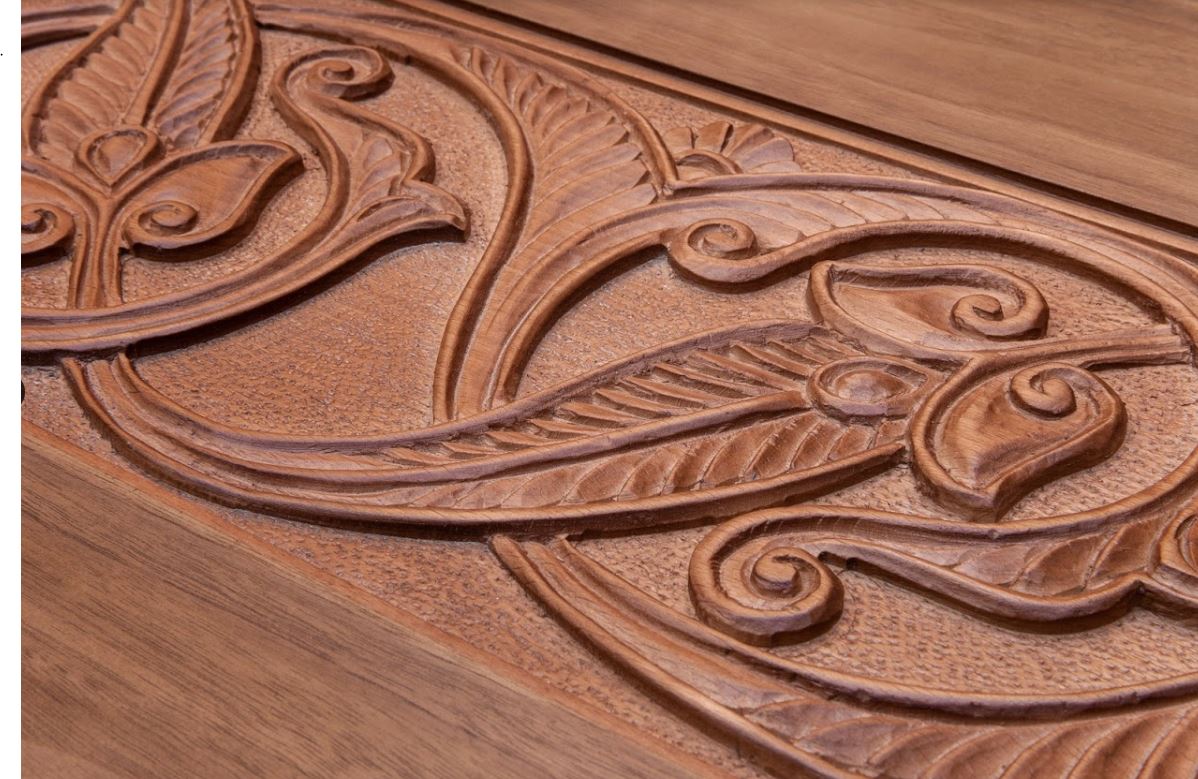 As a sister company to NADIM, how has the company as a whole transitioned since founding in 1978? What are some of your major milestones?
As a sister company to NADIM, how has the company as a whole transitioned since founding in 1978? What are some of your major milestones?
NADIM is a family business, and Kenda Interiors is operated by the third NADIM generation. NADIM was originally established in 1978 as a training workshop set up in the family basement to study traditional crafts, with particular emphasis on woodwork. Over the past 40 years, the company has expanded to a 43,000m² facility that can accommodate manpower of over 1000 employees focused on projects. We established Kenda Interiors in 2018 to manage retail- bringing the same quality and craftsmanship to people’s homes.
You’ve mentioned Egypt’s craftsmanship is a focal point of your design process, can you share some of the collections you’ve worked on and the motifs they reference?
We use traditional techniques throughout our collections, and draw on inspiration from Egypt’s history. The Pyramidion collection, for example, uses brass inlay and strong triangular angles. These additions reference the gold placed at the top of pyramids and obelisks to reflect the sun’s rays.
Other collections, like the Hetepheres and Vanish, are inspired by historical people and time honoured materials. Hetepheres, which alludes to Queen Hetepheres, the mother of King Khufu, aims to create a sense of royalty, refinement and nostalgia through its interiors. Similarly, Vanish uses the ancient material of alabaster to create a warm, cozy and elegant feeling room- a truly magical effect.
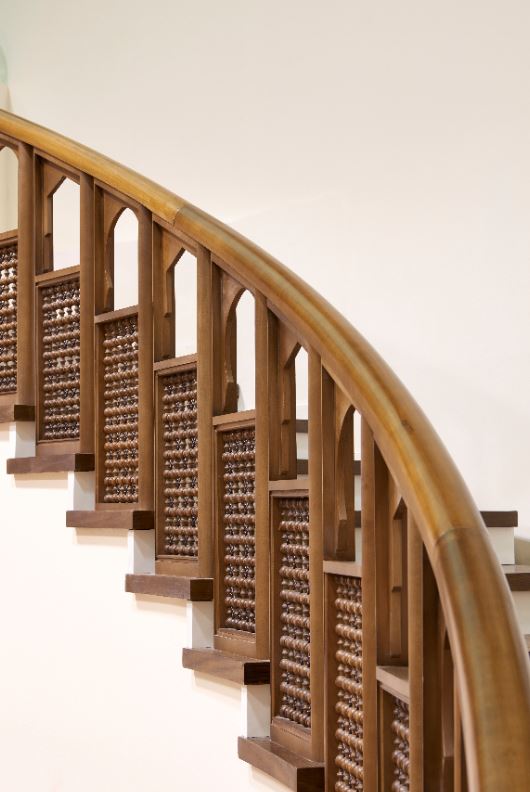 Another way Kenda integrates Egyptian motifs into its brand is through partnering with local artisans. How do you choose which ones to partner with? What qualities of Egyptian culture do they share?
Another way Kenda integrates Egyptian motifs into its brand is through partnering with local artisans. How do you choose which ones to partner with? What qualities of Egyptian culture do they share?
Everything has to be handmade, and locally made. The designs have to be functional. The material, design or technique must be somehow related to Egyptian cultural or natural heritage.
We make sure that the quality is impeccable and that the products match our identity and aesthetic.
We use a variety of artworks and accessories from local artisans, ranging from blown glass chandeliers to khayameya cushions, stunning paintings and intricate tally scarves.
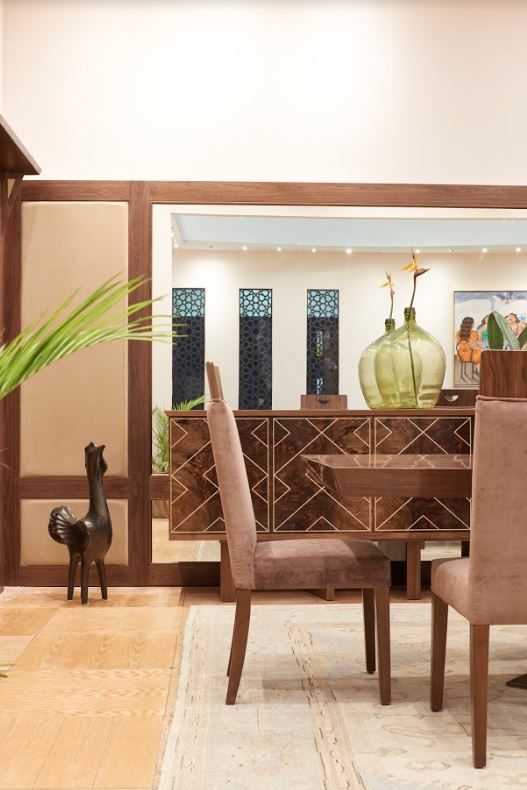 Kenda distinguishes itself from other brands with its customisation services. What drew you to providing bespoke pieces?
Kenda distinguishes itself from other brands with its customisation services. What drew you to providing bespoke pieces?
Most furniture outlets keep stock and sell from it. We have the advantage of having a factory, this allows our customers to be as demanding as they like. Either way, the piece will be manufactured for them- whether it is a standard piece from our collection or not. So why not make sure it is perfect? Furnishing a house is not an easy job, and it requires a lot of time and money, which we fully appreciate. That’s why we give clients the flexibility to not settle for what is in front of them and to really think about how they want it to match their space and lifestyle.
Beyond furniture, we also do wall claddings, dressing rooms, ceilings, doors, etc. All these things depend on the clients spaces, and so they have to be customized.
There is an abundance of other showrooms that clients can go to. Our target market is those people who want something truly special, and we make sure to deliver.
Placing such a large emphasis on customisation requires a dedicated design team. Who is the team behind Kenda and what is the collaborative process like?
Our design team works closely with our clients to make sure they get exactly what they want. We often get clients that have a specific idea that they want to execute, and they work with our designers on bringing them to life. Other clients have no idea what they want and come in for a general chat and it is the designers’ job to figure out what the clients don’t yet know and create various proposals.
We also have a variety of our own collections, and very often clients will order them but with customizations (such as size adjustments, materials, finishes, colors, fabrics, etc) with the help of the designers. So the job requires a lot of patience and they end up getting to know the clients quite well as designing someones house is very personal.
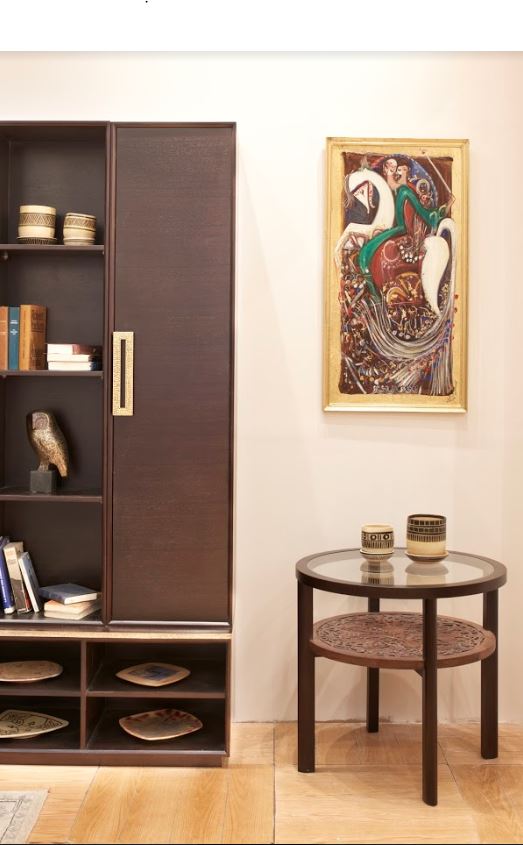 What does the future hold for Kenda Interiors?
What does the future hold for Kenda Interiors?
Kenda Interiors hopes to expand within Egypt, and then eventually abroad.
Whilst it is only the beginning for Kenda Interiors, their dedication to working hand-in-hand with their clients is ought to be desired. Those in Egypt can visit their showrooms in Cairo and the North Coast for the full experience and can walk away with a unique and thoughtful design.
Browse through some of their collections here, or visit one of their showrooms before booking a consultation to bring to life all of your design dreams!
Website: www.kendainteriors.com
Facebook: kendainteriors
Instagram: @kendainteriors




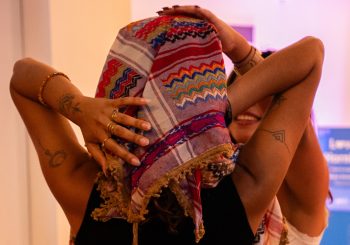


Comment (1)
[…] Celebrate Egypt’s Heritage with Bespoke Pieces by Kenda Interiors […]